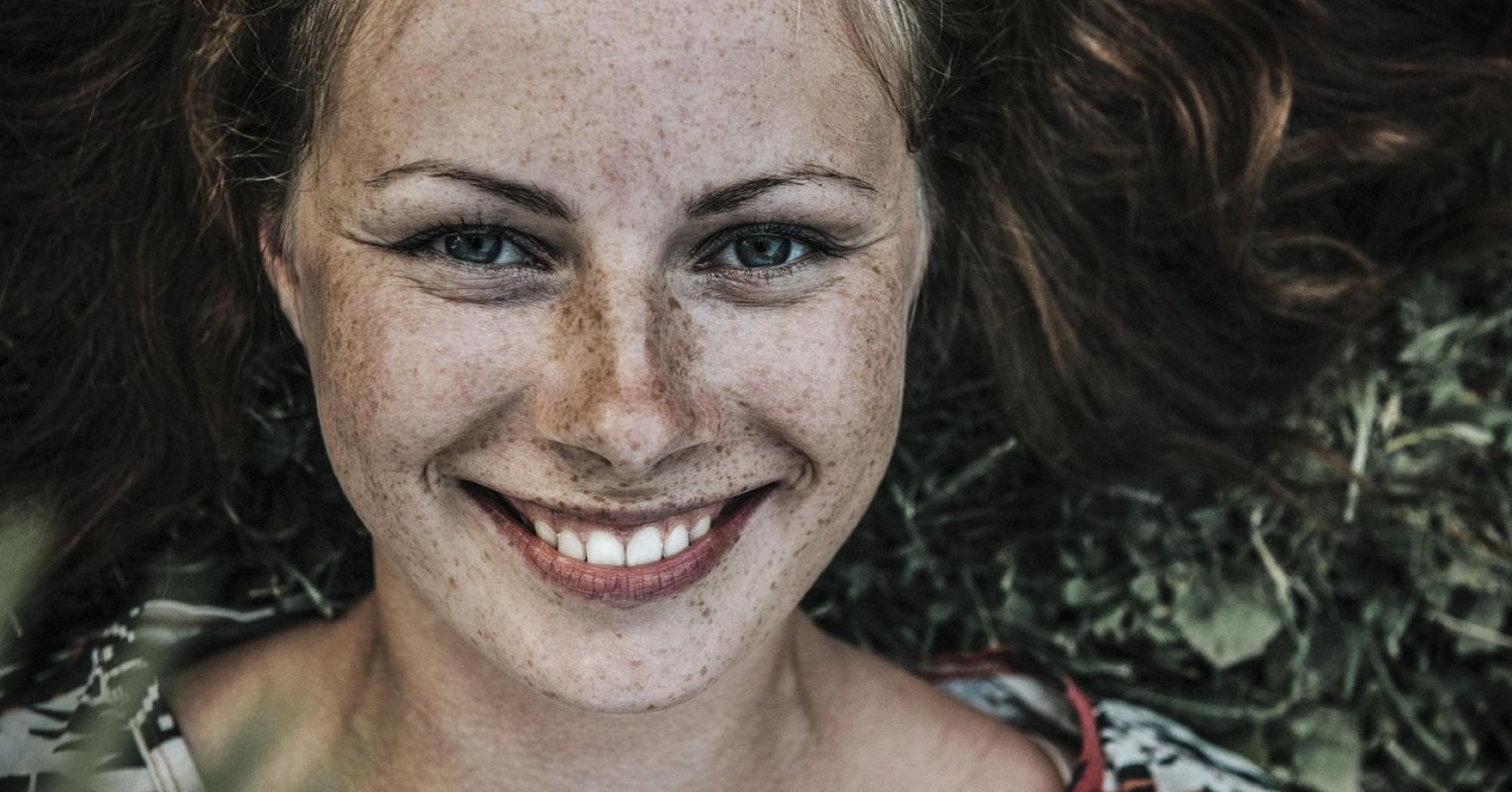#flow
#flow
[ follow ]
#attention #productivity #happiness #veo-31 #audio-generation #psychology #meaning #purpose #narrative #primal-calling
fromPsychology Today
3 weeks agoHow I Found Flow by Climbing a Tree
Indeed, Csikszentmihalyi was investigating optimal human experience with this work. Everyone must want to know how to reach optimal human experience. That's rainbows-all-day-long territory. What is it, then? Flow is a state that arises from activities that use our core skillset but also challenge us, leading to increased motivation and immersion within what we're doing. The result is that we are more content, partially because performance is improved.
Mindfulness
fromPsychology Today
1 month agoStrategies for Staying in the Zone
Lately, I've noticed a theme among my clients and, similarly, in myself. Many of us are in seasons that demand sustained focus and mindful energy. We are pushing toward something important while trying to protect our flow from distractions, self-doubt, and emotional noise. I often emphasize the value of self-check-ins and collecting your own data. But what happens when you are in such a driven, purposeful stretch that even pausing to reflect feels like it could knock you off balance?
Mindfulness
fromTechCrunch
2 months agoGoogle releases Veo 3.1, adds it to Flow video editor | TechCrunch
Google launched its new video model Veo 3.1 with improved audio output, granular editing controls, and better output for image to video. It said that Veo 3.1 builds on May's Veo 3 release and generates more realistic clips and adheres to prompts better. The model allows users to add an object to the video and have it blend into the clip's style, Google said.
Artificial intelligence
fromPsychology Today
2 months agoSwing Easy: The Power of Doing Less to Achieve More
Golfers know it. Musicians know it. And anyone who's ever overprepared for a conversation knows it: Tension gets in the way of flow. When golfers try to control every variable, they often tighten up and slice the shot. But when they swing easily, trusting their preparation and instincts, the ball flies straighter and farther. In a world that glorifies the hustle and bustle, the idea of doing less to achieve more feels almost rebellious.
Mindfulness
Venture
fromBusiness Insider
3 months agoBen Horowitz explains why A16z invested in Adam Neumann after WeWork woes: 'We've all had bad things happen to us'
Andreessen Horowitz invested $350 million in Adam Neumann's Flow despite backlash; A16z described the decision as its single most controversial investment and defended Neumann.
[ Load more ]


